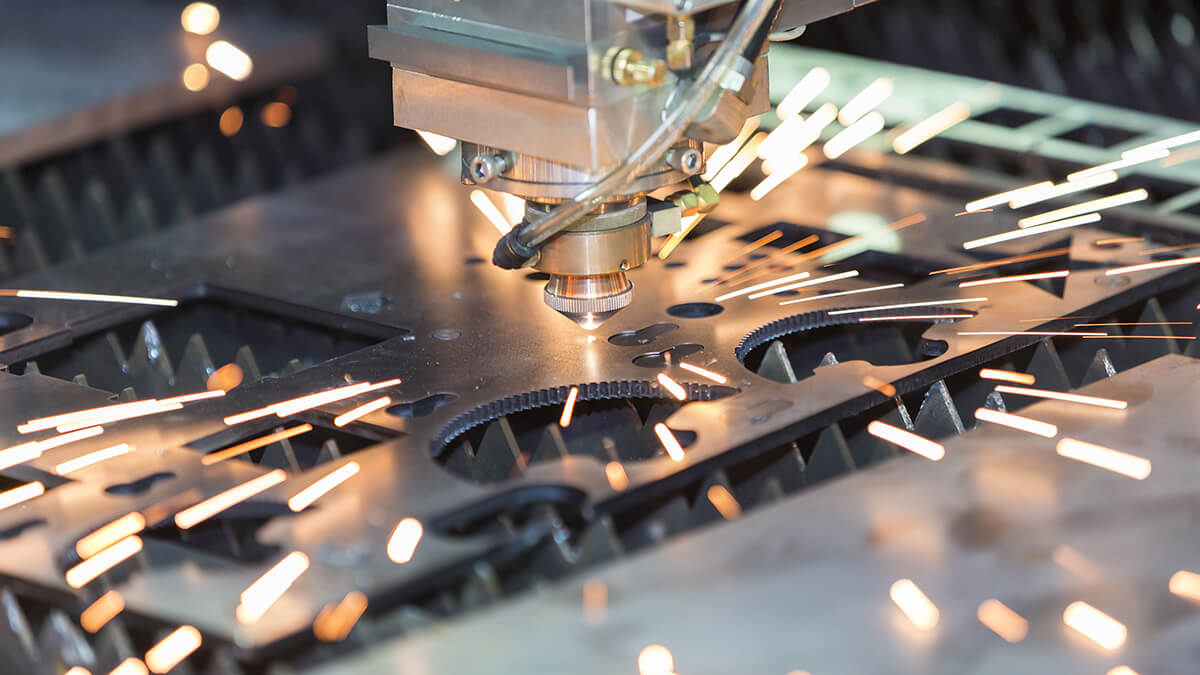Cutting technology encompasses various processing methods, with laser cutting being capable of fulfilling intricate and highly precise cutting demands. It is a prevalent technique widely used in industrial manufacturing.
What Does Laser Cutting Entail?
Laser cutting is a technology that employs lasers to precisely cut materials, and it is commonly used in industrial manufacturing. The process involves directing a high-power laser beam through optics to focus the laser beam on the material, melting it to achieve the desired cut. Laser cutting technology is known for its ability to provide high-quality surface finishes on cut edges, making it a preferred choice in industrial production for cutting flat materials and pipe materials. In comparison to traditional cutting methods, laser cutting offers increased precision, smaller slit widths, reduced heat-affected zones, and the capability to perform intricate cuts, including small holes.
Laser Processing
Laser cutting is a highly efficient thermal separation method used for cutting various materials quickly and accurately. A laser is the central tool in this process. Once laser processing is complete, the finished workpiece can be removed immediately without the need for further processing. When the laser operates at low power, it removes only a single layer of material, effectively etching it. By increasing the power, the laser beam can penetrate the material, enabling the cutting of various materials such as acrylic, wood, laminate, film, signage, paper, and more.
Different laser cutting methods are employed for various materials, including vaporization, melt and blow, melt blow and burn, thermal stress cracking, scribing, cold cutting, and burning stabilized laser cutting.














